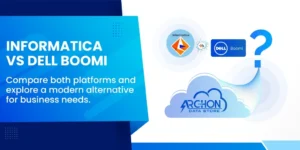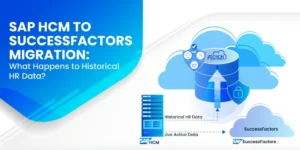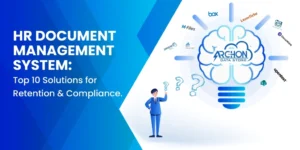Why do you spend so much just keeping your legacy on-premise ‘lights on’? 60% to 75% of all IT budgets are to ‘maintain’.
- Departmental needs – Many industries have unique needs defined by what they deliver and many of those technologies may exist at a departmental level and integrate into other systems.

- Don’t break the integration – using the above example and propagating that into an enterprise architecture, once two systems are talking to each other replacing that conversation quickly turns into a scary conversation.

- Lack of ‘complete migrations’ onto new platforms – Just because an organization turned on something like Workday in the cloud to replace their old Peoplesoft environment does not mean that old platform was turned off. WHY? Organizations generally only move to new platforms what they need from a current state and historic window to move forward. Another example is in the healthcare industry when a new Epic patient system is implemented you cannot load more than 18 months of history.
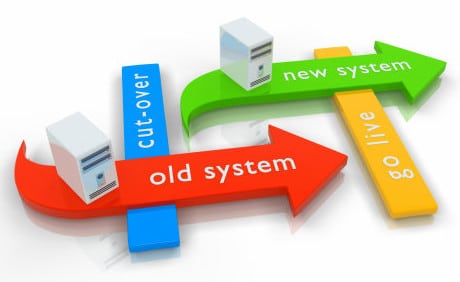
- Mergers and Acquisitions – Company A buys company B and now there is overlaps that need to get reconciled. But for the same reason as the above example, only the most pertinent data is migrated off one system and put into the other. This means that old technology is still running for query only purposes.

- Data Retention – Lawyers, compliance, governance, risk, fraud and all the other synonyms of ‘why do we need to keep something’ result in being the largest cause of zombie systems in a data center.
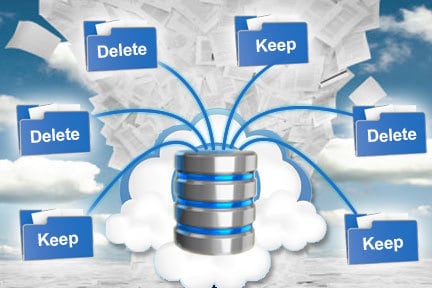
So what is the real problem that plays out with the above reality?
- Technology being ‘why’ an organization cannot transform. Hearing “we cannot do that because our systems cannot change”.
- Competitive landscapes are shifting in every industry, every country and organizations of all sizes. Technology has to become the enabler of change and not the inhibitor.
- Security Exposure
- Hardware, storage, operating systems, databases, app servers, firewalls, networks, web servers = there is a large and complex sandwich of technologies that evolve and need to be upgraded. One of the biggest reasons a firm is exposed to hackers and ransoms is they are running end of service (EOS) software. In 2019 alone everyone is exposed with EOS technologies from Microsoft, Oracle, RedHat, Suse, HP, SAP and beyond.

- Bloated technology costs with vendor annual maintenance, specialized employees and consultants
- Annual maintenance on even the oldest technologies has an average 7-10% inflation. Add to this that maintenance is meant to give you support and incremental releases – but how many releases of your current technologies actually bring business value with an upgrade?
- How many people in the IT organization are meant to be that expert at some older technology – but if they retired the risk expose explodes? AS400s, Baan, Siebel, Peoplesoft, COBOL programmers on an IBM Z-series mainframe – these are skills that are reducing in population in the market with no new people on the horizon.

- Business continuity risk – The real result is the 10s to 100s of ways a business could be brought down because of some combination of ‘butterfly effects’ from everything mentioned above. Wells Fargo had a catastrophic failure that caused capabilities like new account opening to be offline for a week – resulting in executive fallout at the highest level.
It is time to simplify. This requires a combination of system decommissioning (remove them from the data center), active archiving (take the bloat out the existing) and consolidation (turn 5 disparate vendor repositories into 1). HOW you ask?
- Engage an outside firm to independently access the ‘current state’.
- Create a fearless corporate culture of change and create an ‘application undertaker’ centric role or group whose entire existence is to ‘take out the dead’.
- Analyze details of all systems – from a technology and economic value perspective.
- Stack rank where some initial high-value successes can be realized quickly.
- Create a low-cost archive where system data can be housed that will keep it in context, still be accessible and have a standard data retention plan to automate the ‘defensible deletion’ when it makes sense.
- Rinse-and-repeat = Every organizations has enough of this too do keep a group of people busy for some time.
Platform 3 Solution’s single focus is to help organizations accomplish this reality. With consultants who understand the deep technology and economic requirements organizations will see just how easy this effort can become. With their application decommissioning product, Archon, the ability to understand any legacy system, map it to an archive, execute the data movement and automatically create the search and reporting screens and map all of it to a standard data retention plan is possible. AND REPEATABLE.
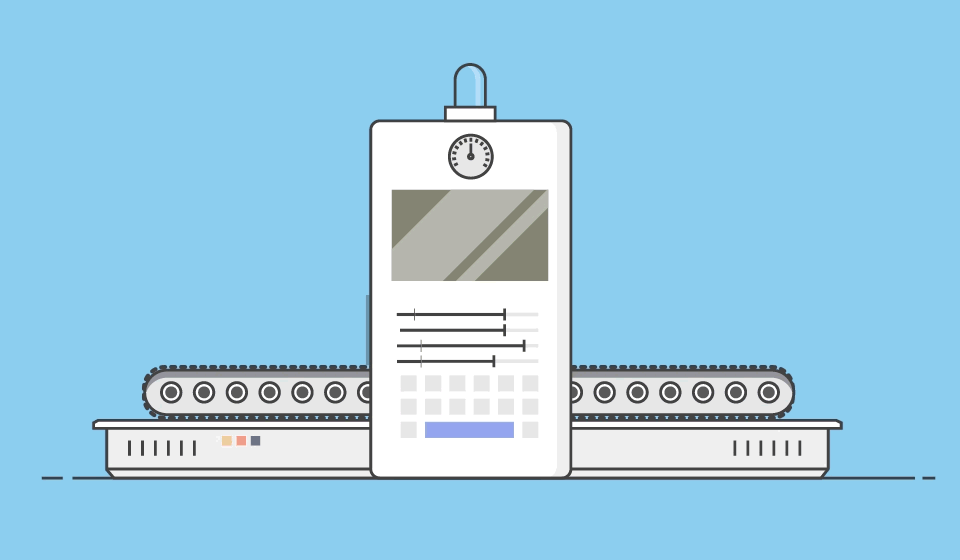
Platform 3 Solutions is a global leader in end-to-end legacy application migration and retirement solutions. Platform 3 empowers secure and seamless transitions of data and applications, eliminates technology debt, and delivers the ROI to invest in technology modernization.

